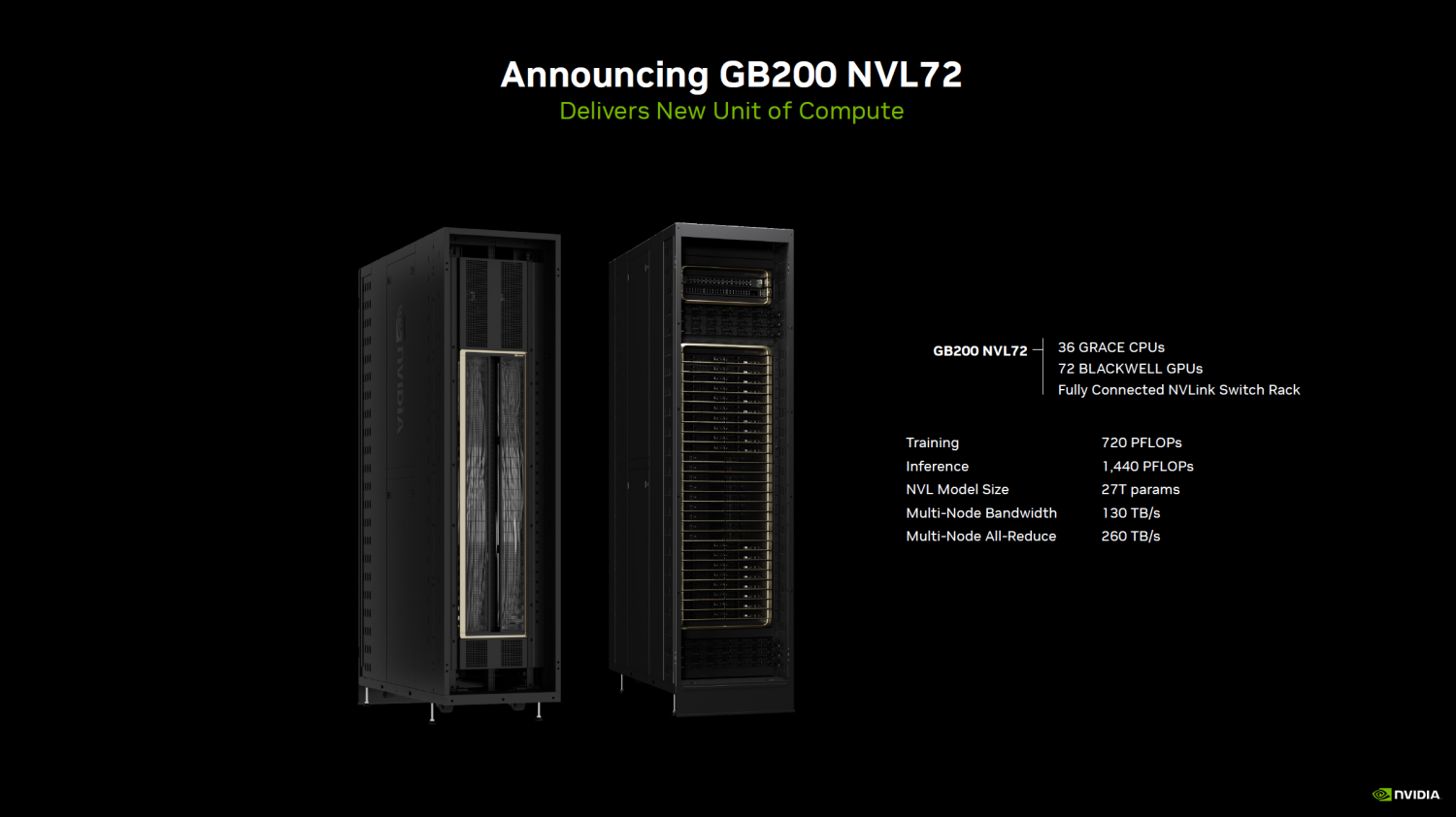For those interested, here are the graphics settings TPU used for those benches: Click Me. Cliff's notes: no DLSS super-resolution, no dynamic resolution scaling, all advanced settings to high but the "basic" settings were off (motion blur, chromatic aberration, film grain, DoF, and lens flare.) They enabled DLAA but kept native resolution, which is an interesting decision?
The bump in memory consumption from just FrameGen is a curious finding to be sure. We already know FG reprojects based on a lot more data than just the framebuffer and also keeps a few prior frames of this data in buffer. It looks like this is more data than we might have anticipated, but a lot of that data is also scene dependant. I wish TPU would have used FrameGen on other resolutions "just to see"...
Edit: Hey, tell ya what -- I'll give this a shot tonight on my home rig (AMD 5950X PBO'd out, 64G 3800 1:1 CL14 ram, 4090OC.) I can emulate most of those findings, although I don't have a 4K monitor. I'll use the NV driver settings to allow supersampling (via the simplified non-DLAA model) and see if I can drum up some VRAM figures like the above. Dunno if it will be precisely accurate, but it wouldn't stop me from trying.
Edit #2: That TPU article is from the press review copy of CP2077, dated September 2023. No way to know for certain, but I wonder if newer drivers and/or updated game patches may have reduced VRAM consumption?
The bump in memory consumption from just FrameGen is a curious finding to be sure. We already know FG reprojects based on a lot more data than just the framebuffer and also keeps a few prior frames of this data in buffer. It looks like this is more data than we might have anticipated, but a lot of that data is also scene dependant. I wish TPU would have used FrameGen on other resolutions "just to see"...
Edit: Hey, tell ya what -- I'll give this a shot tonight on my home rig (AMD 5950X PBO'd out, 64G 3800 1:1 CL14 ram, 4090OC.) I can emulate most of those findings, although I don't have a 4K monitor. I'll use the NV driver settings to allow supersampling (via the simplified non-DLAA model) and see if I can drum up some VRAM figures like the above. Dunno if it will be precisely accurate, but it wouldn't stop me from trying.
Edit #2: That TPU article is from the press review copy of CP2077, dated September 2023. No way to know for certain, but I wonder if newer drivers and/or updated game patches may have reduced VRAM consumption?
Last edited:

